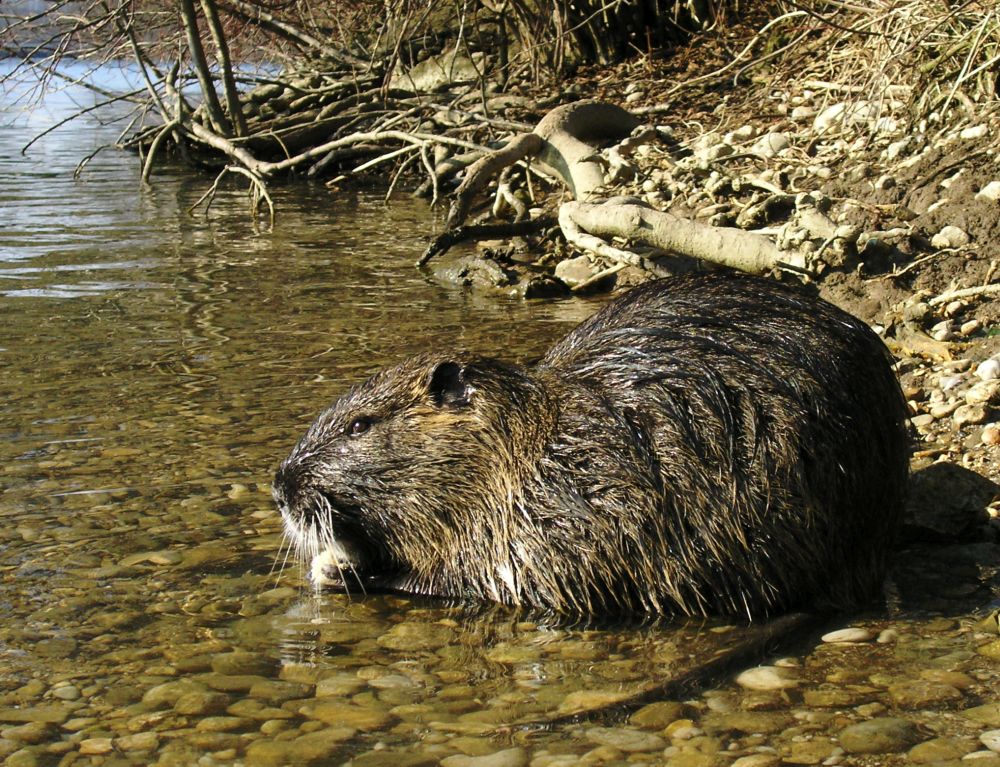
Farmers have been warned about the possible spread of a large rat-like rodent in Ireland, which can attack crops.
Farmers and the general public are being asked to report sightings of any coypus, sometimes mistaken for otters, after one was spotted in or near the River Lee, Cork.
It is believed that two or three of the animals were released on the Curraheen River several years ago, which lead to the spread.
The metre-long semi-aquatic rodent is native to South America, but it is believed they have been breeding over the last two years.
But with reports from other locations becoming more frequent, it is now seeking the public’s help to monitor their spread, as it is on a list of major environmental concerns across the EU.
“Their burrowing can undermine river banks and possibly coastal defences, and they can do a lot of damage to crops, especially root crops that they feed on,” said NWPS south-west region conservation ranger, Danny O’Keeffe.
Invasive species
The animal is classified as an invasive species that poses a danger to local agriculture because it burrows into soil used for flood management and eats crop roots.
With millions of pounds having to be spent in a decades-long eradication programme in the UK, keeping track of their spread is essential to restrict the potential longer-term costs associated with the invasive species.
As a response to the copyu population peak of the late 1950s, the UK government set up two initiatives: the first a coypu research laboratory in 1962, and the second a trapping campaign to run through over time, which eventually eradicated the animal by the late 1980s.
The animal was originally introduced into Britain in 1929 for fur farming.
